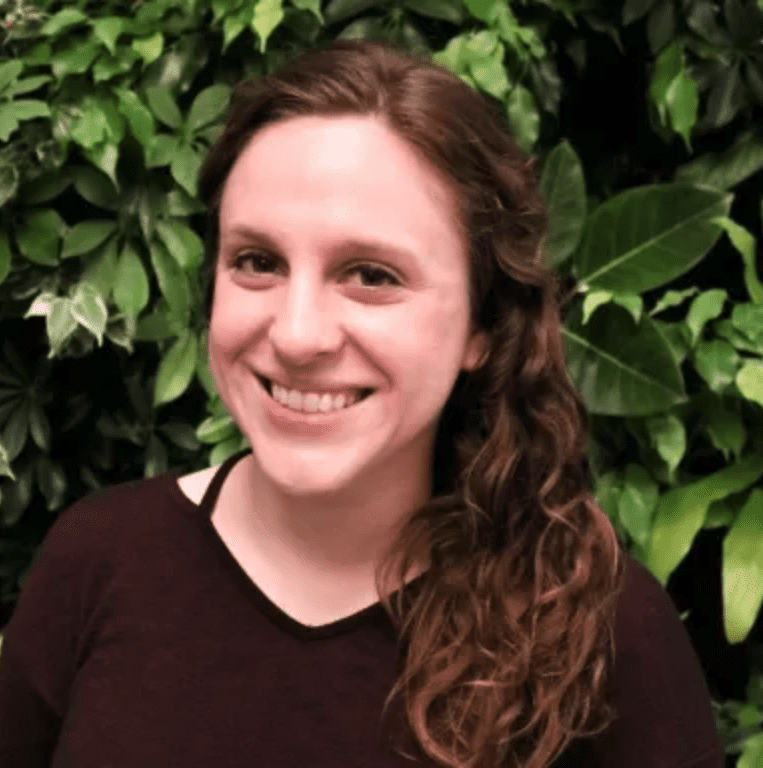How to Become a Teacher in North Dakota
In February, North Dakota’s Education Standards and Practices Board declared a critical shortage of teachers in all content areas. If you decide to pursue teaching in North Dakota, you’ll likely have a good chance of finding a position.
But first, you will need to earn a bachelor’s degree in a teacher preparation program, get student-teaching experience, take required exams, and apply for a license.
Learn more about how to become a North Dakota teacher, how much you’ll make at different grade levels, and how to maintain your teaching status.
How Do You Become a Teacher in North Dakota?
You can’t go into teaching with just a bachelor’s degree. North Dakota requires a teaching license to teach in the state. You also need student-teaching experience and to take licensure tests to become a teacher.
1. Earn Your Bachelor’s Degree
To start your teaching journey, you must earn your bachelor’s degree from a state-approved teacher preparation program at one of 14 approved institutions.
Teacher preparation programs give you many options. Some of the most common specializations within these programs are special education, secondary education, elementary education, and early childhood education.
Once you choose your demographic, you can further specialize in the topics you’d like to teach, such as science, math, English, health, art, and more. After you know who and what subject you’d like to teach, the next step is getting student-teaching experience.
2. Gain Student-Teaching Experience
To become a teacher in North Dakota, you must complete a student-teaching experience. You’ll learn classroom management, curriculum planning, and instruction methods.
Student teaching is a full-time immersive commitment and takes place over a minimum of 10 consecutive weeks.
You get student-teaching placement through your college educator preparation program. Throughout the experience, you’ll work alongside licensed educators who serve as mentors. You’ll also report to a supervising college faculty member who assesses your performance and provides guidance.
3. Take Required Licensure Tests
After student teaching, you must take several tests to qualify for licensure. This includes Praxis educator exams:
- Praxis I measures an educator’s core skills in reading, writing, and math.
- Praxis II measures your knowledge in the subject area and grade you’ll be teaching.
North Dakota requires you to meet the passing scores in all three sections of Praxis I or get a composite score of 466. Required passing scores for the Praxis II exam vary, depending on the subject area.
If you want to teach early childhood, elementary, middle school, or high school education, you also have to take the Principles of Learning and Teaching (PLT) exam. This exam, consisting of 70 selected-response questions and four constructed response questions, tests your knowledge and skills in instruction, assessment, and professional practices.
4. Apply for a Teaching License
Depending on how long you’ve been teaching, North Dakota has different valid licenses. If you’re applying for a license for the first time, you are eligible for the two-year “Initial In-State License” issued to first-time licensure applicants.
If you graduated from an out-of-state institution but don’t have a teaching license in another state, you can qualify for the “Out-of-State Reciprocal License.” You have up to five years to complete all North Dakota requirements for an in-state license.
If you have a teaching license in another state, you can apply for the “Other State Educator License,” a two- or five-year license that allows you up to two years to take required licensure exams if you haven’t already.
5. Maintain Teaching License
North Dakota gives you several options to renew your license. After you’ve taught for 18 months, you qualify for the “First Five Year License,” valid for five years. To renew a five-year license, you must complete six credit hours of re-education.
After teaching for 30 years and holding the five-year license, you’ll qualify for the “30-Year Life License,” which doesn’t expire. If you have a five-year license, you must complete six credit hours of re-education before applying for the 30-year license.
How Much Will You Make as a Teacher in North Dakota?
Teaching is a high-demand field in North Dakota since the state announced a critical need for teachers in all areas in February 2024. So you’ll be needed in any teaching position, no matter your student age group or subject interest.
How much you’ll make as a teacher depends on the age group you teach.
If you teach preschool, you may have one of the lowest average teaching salaries in North Dakota at $42,930. Special education, middle school, and secondary school teachers all made an average salary above $60,000, according to the Bureau of Labor Statistics.
| Job Title | Average Salary (May 2023) |
|---|---|
| Preschool Teachers | $42,930 |
| Kindergarten Teachers | $57,630 |
| Elementary School Teachers | $58,430 |
| Middle School Teachers | $61,790 |
| Secondary School Teachers | $60,370 |
| Special Education Teachers, All Other | $64,690 |
Frequently Asked Questions About Teacher Certification in North Dakota
You must earn a state-issued teaching license to teach in North Dakota public schools. Those without full certification may be able to find work in certain private schools in the state.
Individuals who already work in the education field may pursue a more streamlined route to certification through an Alternate Access License. This credential, designed to fill teaching positions in shortage areas more efficiently, allows you to complete coursework while working.
Note: The insights on this page — excluding school descriptions — were reviewed by an independent third party compensated for their time by BestColleges. Page last reviewed May 20, 2024.
Explore More College Resources

Best Colleges in North Dakota
The higher education experts at BestColleges reviewed the top 4-year colleges in North Dakota. Start planning your future at BestColleges.

by Jennifer Lee
Updated October 30, 2024

The 10 Best Jobs for Former Teachers
Teaching can be hard, leading some instructors to change careers. Discover the top jobs for former teachers and what you need to do to get them.

by Hannah Muniz
Updated December 7, 2023

